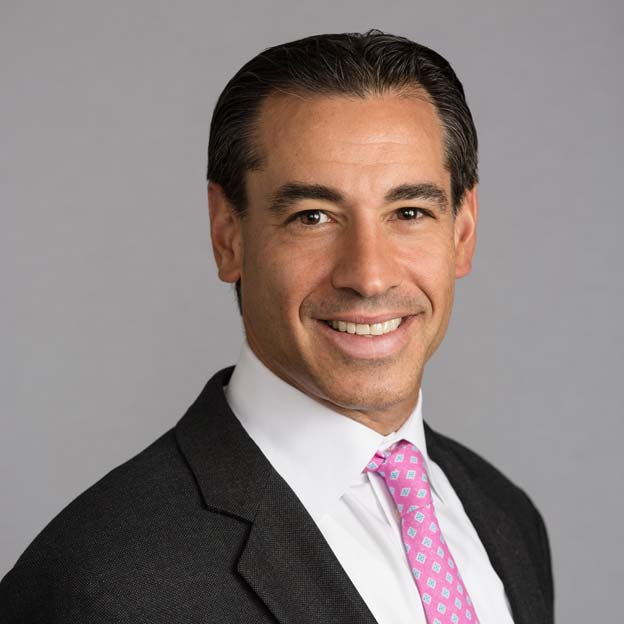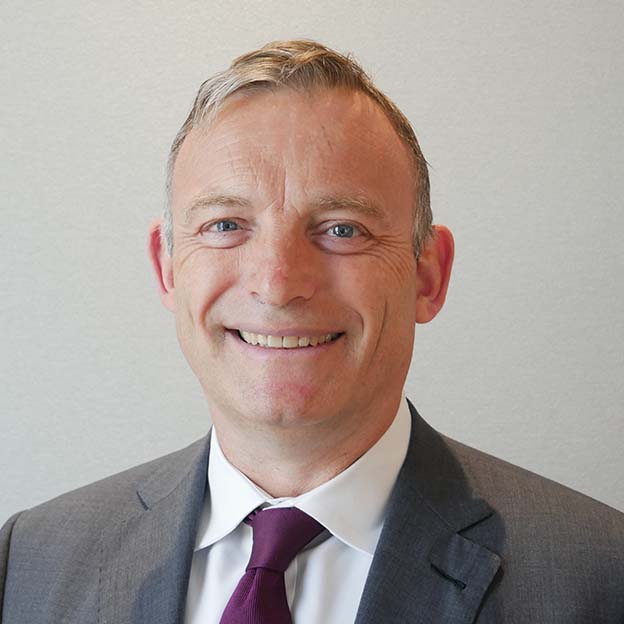How does the deal-making environment look for 2025?
Harold Varah: From a market perspective, financial sponsors have entered the new year with considerable optimism. Deal volumes in 2024 have increased by ~20% compared to 2023. The deals that traded at pretty high multiples in 2021 and 2022 haven't necessarily grown into those multiples. Last year, even with the bounce back in volumes in the summer, sponsors accounted for 30% of the overall M&A market. I expect we’ll return to the norm of 40% this year, driven predominantly by carve-outs and take-private activity.
Ram Amarnath: Sponsors want to transact. I believe the biggest issue right now is that there's still a disconnect in the valuations of private assets.
Graham Tufts: Undoubtedly, the demand side is there. The supply side is not. Businesses are growing back into those multiples. It's going to take some time, which is why I think the first half of this year is going to start steadily – not a rapid bounce back, and we'll see a build through the year.
How about the IPO outlook?
Varah: Considering the robust equity markets and exceptional multiples across sectors, I expect 2025 to be a constructive year for the IPO market, especially for high quality names.
Ram Amarnath: Active managers are becoming fewer and fewer – they, rather than passive managers, drive IPOs. So we're going to have to find the right alpha for active managers.
Varah: The sponsor-backed IPOs that managed to happen in 2024 had a median gain of 21%, so you could say the asset class worked, though the S&P was up considerably too.
Where private equity has poured capital in the last three or four years, look for consolidation between and among sponsors, who will see shareholder value creation not just through the traditional synergies, but because that scale will allow them to re-underwrite an IPO exit.
Which regions and sectors are most promising?
Amarnath: I think there will be a return of larger IPOs in the U.S. It's been a lot slower in Canada, since there aren't that many very large companies that are ready to go public.
Tufts: The challenge here in Europe is the process that you have to go through. It's not the preferred exit strategy for most sponsors.
Because of where FX rates are today, with multiple different differentials between the markets, there's going to be a lot more cross-border acquisition activity, particularly into Europe.
Varah: Tech will probably still be the number one sector in terms of sponsor-backed public exits, but I think we will see more balance. We’re going to see more healthcare, industrial and consumer names, and some higher-quality services businesses.
“Tech will probably still be the number one sector in terms of sponsor-backed public exits, but we’re going to see more healthcare, industrial and consumer names, and some higher-quality services businesses.”
Harold Varah, Co-Head of Global Financial Sponsor Coverage
Will fundraising become easier?
Amarnath: In our last Financial Sponsors outlook, we said the big guys are going to get bigger and the non-specialist mid-market folks are going to have it a lot tougher. That’s something we’ve certainly see play out.
Varah: It’s been very challenging for mid-market firms of $3 to $7 billion fund size in traditional cross-industry private equity. LPs still want to deploy into the mid-market: it's critical to their overall asset allocation, but they're looking to do it on a specialist basis.
I think the winners coming out of this will be mid-market specialists. Having won investor support in the mid-market, they may be seeking support for a lower mid-market strategy along the same vertical lines.
Tufts: I think that's also true for some of the large-cap firms. Certainly in Europe, finding enough large-cap opportunities is really challenging. So one or two of them are now opening up mid-market funds to keep the teams busy. It's going to become quite crowded and more competitive.
“Large-cap firms in Europe are now opening up mid-market funds to keep the teams busy. It's going to become quite crowded and more competitive.”
Graham Tufts, Co-Head of Global Financial Sponsor Coverage
What are the prospects for private equity?
Varah: Private capital strategies, such as private credit, hybrid capital, infrastructure, and secondaries, have absolutely exploded, especially since the early 2020s. That’s led to a tremendous growth in AUM.
Tufts: Clients are not just looking for leveraged assets or investment opportunities. They're moving into the corporate and investment grade space as well.
Varah: Infrastructure investing funds, which used to be a subset, have now taken off. Investors are looking for uncorrelated returns and stable, cash-flowing businesses to complement some of their perceived higher-risk investments. With more traditional private equity deal volumes down almost half from peak levels, deals in the infrastructure investing environment have become bigger and bigger.
Tufts: The whole comms infrastructure space has grown enormously, partly on the back of AI. The other factor is the impact of ESG-focused funds that are investing into the energy transition space, but also all the associated businesses, services and suppliers to those sectors.
How are the Canadian and European markets faring?
Amarnath: Well before the tariff threats, our economists have been tracking a growing disconnect between Canada and U.S. economic performance for years. With Canada’s projected 1% growth lagging well behind the U.S. and the currency hovering around 68–69 cents, we’re seeing conditions similar to past periods of corporate hollowing in Canada. This environment is likely to drive increased transaction activity, much of it cross-border, as global players seize new opportunities.
Tufts: The European project is facing some economic challenges at the moment, and that's impacting growth. But from an investor perspective, the dollar funds look really strong. Valuations here look comparatively weaker than in the U.S.: that opens up a lot of opportunity for cross-border deals, and I think we'll see a lot of P2P activity here in Europe as well.
“There’s going to be a lot more transaction activity going forward, and a lot of that will be cross-border.”
Ram Amarnath, Co-Head of Global Financial Sponsor Coverage


